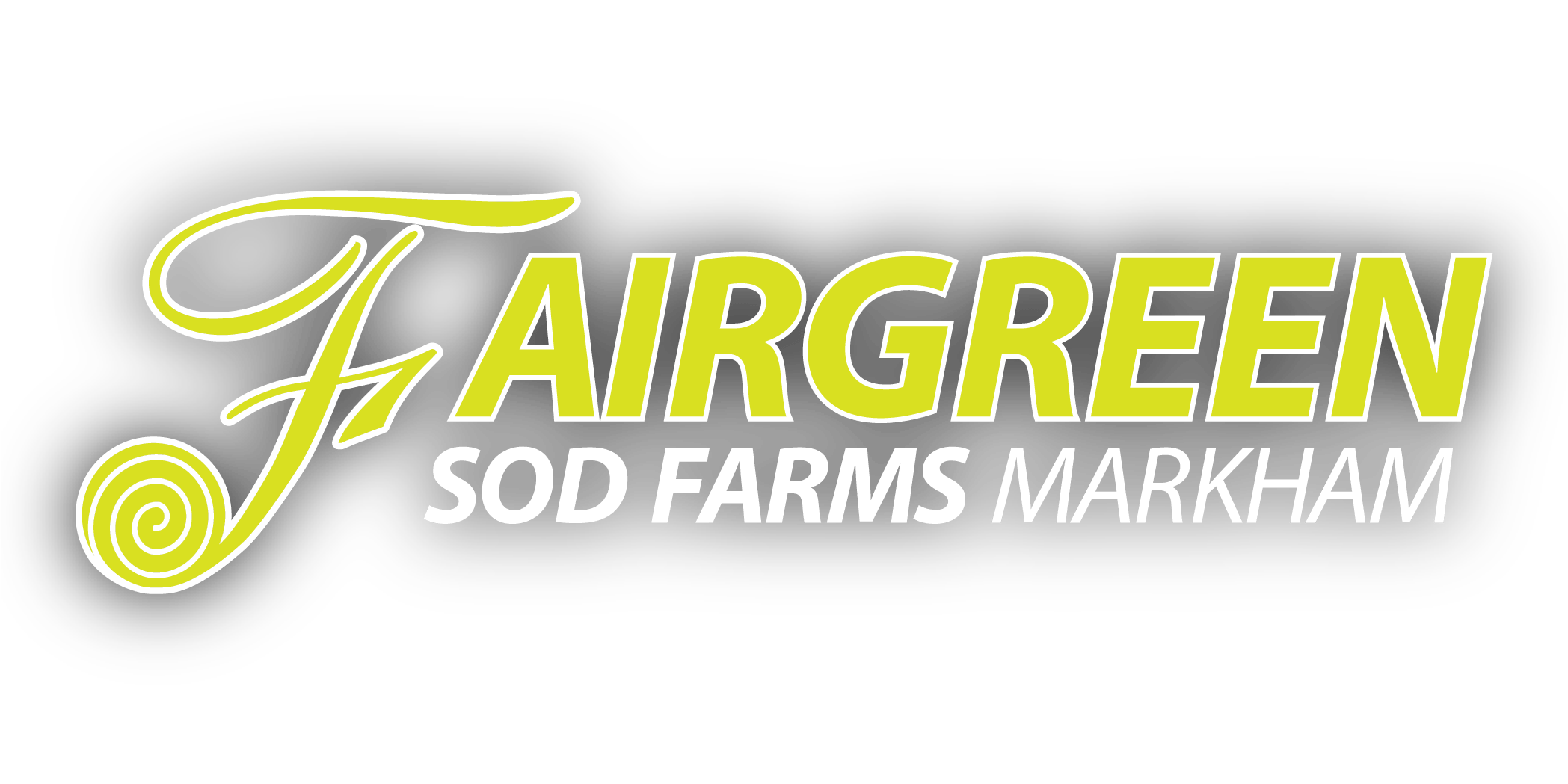Your cart is currently empty!

Common Sod Problems in Toronto Lawns & How to Fix Them
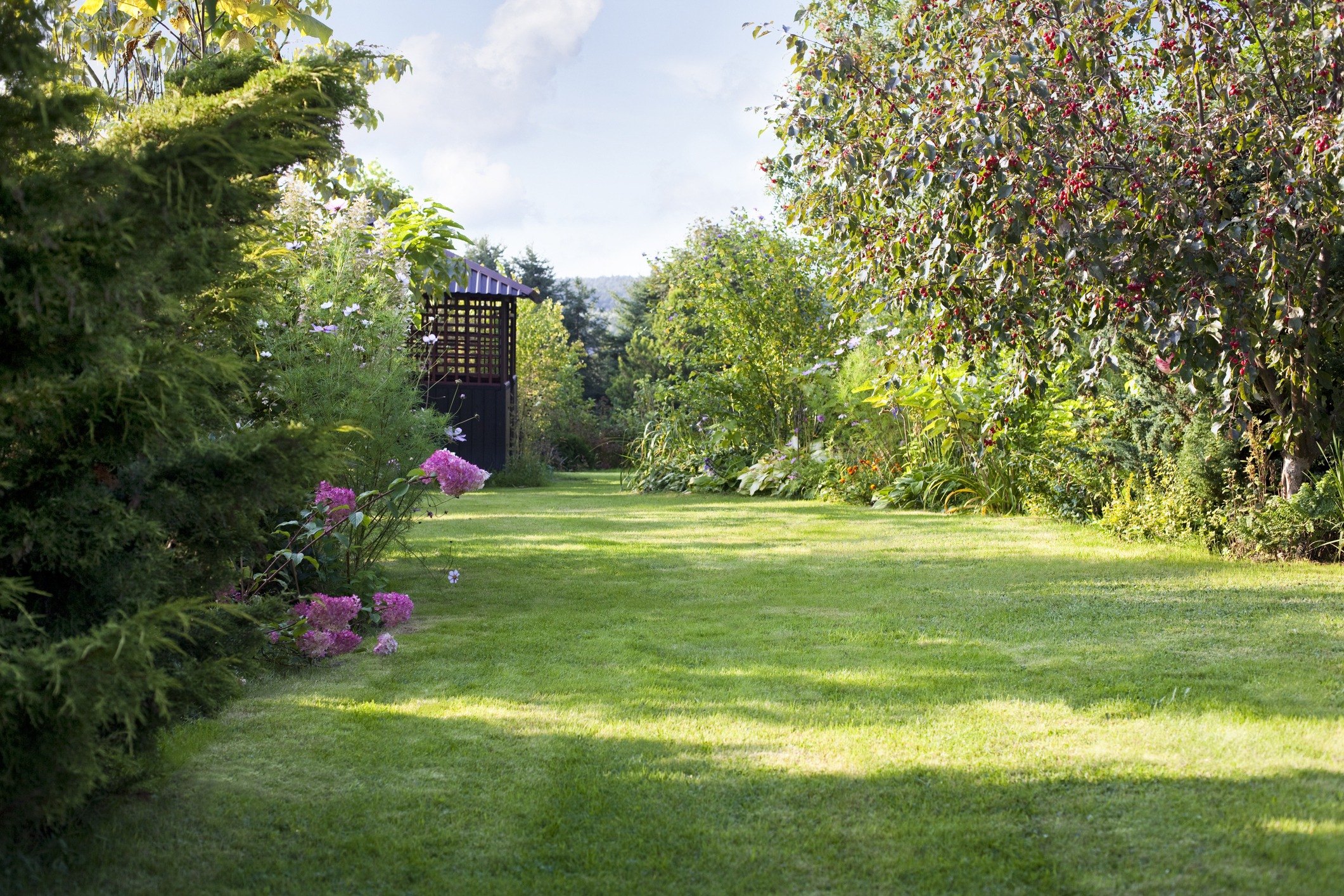
Sod problems can be a common headache for homeowners in Toronto, even with the best care. Many enthusiasts expect their lawns to thrive effortlessly, but reality often tells a different story. Are you facing issues like your new sod turning yellow or dealing with an invasion of weeds? Perhaps you’ve noticed unsightly brown patches creeping across your once-vibrant lawn. These concerns can be frustrating and may seem daunting.
In this guide, we will help you diagnose the issues plaguing your grass and offer practical solutions. From identifying the causes of discolouration to understanding the treatment options available, Fairgreen is here to guide you through each step. By the end, you will be equipped with the knowledge to restore your lawn to its lush glory. Let’s turn these challenges into opportunities for growth!
Dealing with Discolouration Disasters
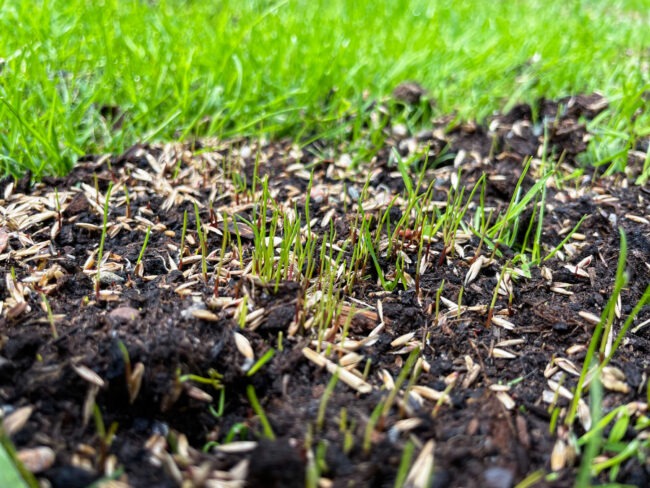
Problem 1: New Sod Turning Yellow or Brown
Symptoms
One of the most alarming issues homeowners face is when their newly laid sod begins to develop yellow or brown patches shortly after installation. Typically, these symptoms manifest within the first few weeks, raising concerns for many. The primary causes behind this phenomenon include underwatering, where edges or corners tend to dry out first, leading to evident discolouration. Alternatively, overwatering can also result in sod that looks yellow and mushy, indicating potential root rot. Sometimes, if the sod has been laid during the heat of summer, the stress from high temperatures may contribute to its deterioration. Identifying the root of the problem is essential for effective treatment.
Solution
To address the challenges of underwatering, it’s crucial to increase the frequency of watering, ensuring that all areas receive adequate moisture—particularly the edges. Using a hand sprinkler on corners can help target those dry spots effectively. Conversely, if overwatering is the culprit, scale back on the watering schedule and improve drainage by poking holes in the ground to allow excess water to escape. Furthermore, it may be necessary to treat any resulting fungal outbreaks, which we discuss in Problem 3. In the case of heat stress, providing temporary shade during peak sun hours can alleviate some pressure on the sod, while lightly watering during midday can help cool the grass.
Checklist:
- Increase watering frequency for dry areas
- Use hand sprinkler for edges
- Reduce watering if mushy
- Improve drainage by aerating
- Watch for fungal issues
- Provide shade during extreme heat
Problem 2: Pet Urine Spots
Symptoms
One common issue homeowners face is pet urine spots, which can create unsightly areas in an otherwise healthy lawn. These spots often manifest as small, round yellow or brown patches, typically found along the dog’s route in the yard. A distinctive feature of these spots is that the edges may appear very green due to the concentration of nitrogen in the urine, causing a significant contrast with the affected areas. Recognizing these signs early can help mitigate further damage to your sod.
Solution
The immediate solution to combat pet urine spots is to dilute the fresh urine by watering those spots as soon as possible. This helps to minimize the damaging effects of nitrogen on the grass. If you’re dealing with dead patches, begin by raking out the dead grass, adding a bit of fresh soil to the area, and then overseeding or patching it with a piece of sod.
For long-term management of this issue, consider training your pet to use a designated area of the yard, which can help limit the damage to your sod. While there are lawn products, such as gypsum pellets marketed for treating pet spots, it’s essential to manage expectations as they may only provide minor assistance. Ultimately, water remains the best remedy for preventing sod problems associated with pet urine. By taking proactive steps, you can help ensure that your lawn stays healthy and vibrant, reducing the likelihood of new sod turning yellow as a result of urine damage.
Microbes & More: Negotiating with Nature
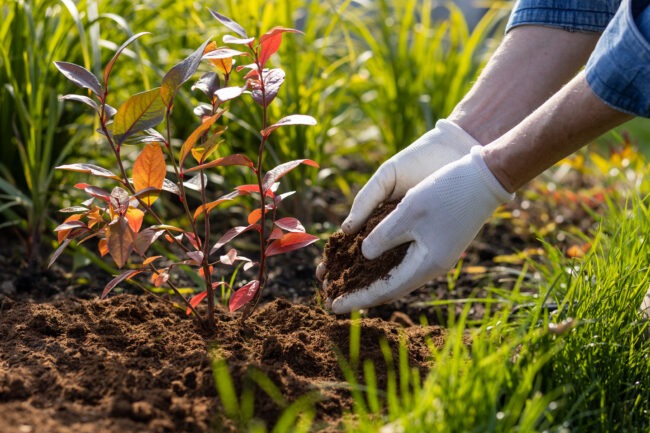
Problem 3: Sod Fungus or Mould
Symptoms
One of the troubling sod problems homeowners may encounter is the presence of fungus or mould, manifesting as discoloured patches on the lawn. You might notice white or grey cobwebby growth, which is commonly identified as snow mould after a winter snowfall, or powdery mildew, often found in shaded and damp areas. Additionally, spots on grass blades could indicate lawn rust or other diseases that compromise the health and appearance of your sod. Recognizing these symptoms early is key to preventing further damage and maintaining a vibrant lawn.
Solution
To effectively address lawn fungus treatment, first, identify common lawn diseases prevalent in Toronto. Snow mould typically appears after snowmelt; you can rake it out, and the grass usually recovers well on its own. However, if your lawn is at high risk, it’s beneficial to apply a fungicide in late fall. Another common issue is Red thread, which manifests as small reddish patches during humid weather; while often cosmetic, improving nitrogen fertilization can help mitigate its effects. If you notice lawn rust, characterized by orange dust on shoes, treatment involves applying fertilizer and ensuring proper watering practices.
General lawn care advice includes avoiding overwatering and improving air circulation by mowing to the appropriate height and raking away debris. In severe cases, a fungicide may be necessary; however, it’s important to note Ontario’s pesticide regulations, which restrict the types of fungicides available to homeowners, allowing only certain bio-fungicides. If you’re uncertain about diagnosing or treating lawn fungus, consider calling a lawn care professional for expert guidance.
Problem 4: Weeds Invading Sod
Symptoms
One of the significant sod problems homeowners face is the invasion of weeds, which can disrupt the uniformity and health of a lawn. Common culprits include dandelions, clover, and crabgrass, which often spring up among the sod. This issue frequently occurs when the sod thins out, a result of poor maintenance or underlying soil issues that compromise the health of the grass. If you notice these weeds taking hold, it’s crucial to act swiftly to prevent them from overtaking your lawn.
Solution
To effectively combat these unwelcome invaders, manual removal is a practical and immediate solution for broadleaf weeds. For instance, digging out dandelion roots can significantly reduce their presence in your lawn. Additionally, applying corn gluten meal in early spring can act as an organic pre-emergent for crabgrass, although it’s important to ensure this method is permitted in your area. The best defence against weeds is a thick, healthy lawn, so it’s vital to follow proper fertilizing and watering practices to promote robust grass growth.
Furthermore, overseeding bare spots is an effective strategy to prevent weeds from taking hold, as denser grass can outcompete them for resources. Due to Ontario’s ban on conventional herbicides for cosmetic use, focusing on cultural controls is essential. For severe infestations, consider seeking assistance from professional lawn care services, who can provide spot treatments tailored to your specific needs. Remember, maintaining a healthy lawn not only keeps your grass looking its best but also helps minimize the risk of new sod turning yellow due to weed competition.
Problem 5: Insect Damage (Grubs & Chinch Bugs)
Symptoms
Insect damage can manifest in various ways, often leading to noticeable patches in your lawn that signal underlying problems. One of the telltale signs of grubs is patches of sod that lift up easily, as they eat the roots, compromising the integrity of the grass. Conversely, chinch bugs cause irregular dry-looking patches in sunny areas due to their sap-sucking behaviour. Grub damage typically becomes evident in late summer or fall, whereas chinch bug infestations are most apparent during the midsummer months. Early detection of these symptoms can prevent further damage to your sod.
Solution
To confirm the presence of grubs, gently pull back the sod in affected areas to check for white C-shaped larvae. If grubs are present, we recommend treating your lawn with beneficial nematodes, which are widely used biological control methods available at garden centres, including Fairgreen. The optimal time for application is late August to early September. To prevent future infestations, maintaining a healthy lawn is essential; consider implementing a spring grub control treatment if you experience recurrent issues, as certain nematodes or grub-eating bacteria can be applied during this time.
For chinch bugs, a crucial preventive step is to keep the lawn well-watered, as damage is exacerbated in dry conditions. If you discover chinch bugs in your lawn, treat the affected areas with appropriate insect control products, including some lawn insecticidal soaps that may be available. Due to pesticide restrictions, consulting a licensed lawn care service for treatment is often the safest and most effective option for addressing these sod problems.
Help with New Sod & More
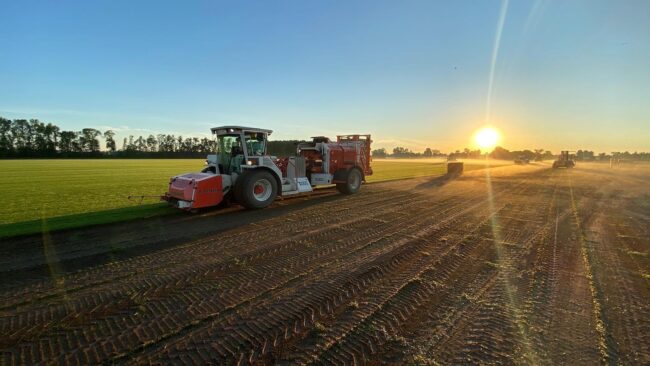
Every lawn problem has a solution, and understanding what ails your new sod is the first step in restoring its health and beauty. Whether you’re grappling with discolouration, weed invasions, or pest issues, there are effective strategies available to address these concerns. We encourage you to explore our additional guides on watering, mowing, and other essential lawn care practices that can be linked directly within each problem section.
Proper maintenance, as outlined in the Ultimate Sod Care Handbook, is key to preventing most issues before they arise. Be sure to refer back to this resource for comprehensive prevention tips that will help keep your new sod thriving.
If you find yourself facing challenges beyond DIY solutions, don’t hesitate to reach out to Fairgreen Sod. Our experts are available to offer personalized recommendations on lawn repair products, and we also provide quality replacement sod for those severely damaged areas.
Contact Fairgreen Sod today or visit us in-store to find the perfect solutions for your new sod and make your lawn the envy of the neighbourhood!
